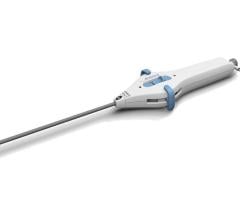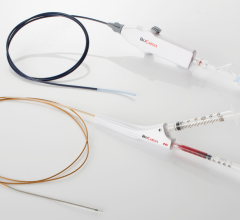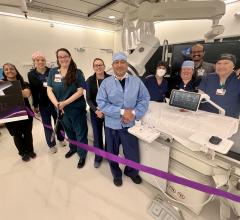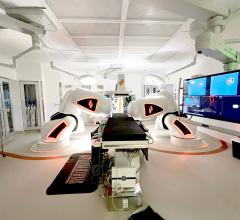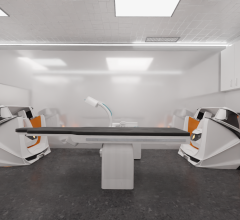Most advances in medicine are small and incremental, but once in a while there is a rapid leap forward that draws excitement and provides a breath of spring air in an otherwise stagnant environment. This was the feeling at the Heart Rhythm Society (HRS) 2012 scientific sessions in Boston last week in response to two new technologies that may change the way electrophysiology is practiced. The first is Cameron Health’s subcutaneous implantable cardioverter defibrillator (S-ICD) pending final U.S. Food and Drug Administration (FDA) review. The second is a new technique called FIRM, used to clearly visualize electrical activity around rotor cores in atrial fibrillation patients to precisely guide ablations. In some cases, FIRM shortened the usual four- to six-hour ablation procedure time to just minutes.
Device-wise, the S-ICD system was a favorite and the Cameron booth was packed during much of the show. The system uses leads that are placed just under the skin under direct visualization, so there is no need for angiography and it eliminates the need for venous access, endovenous leads and cardiac lead fixation. The system was also designed to be extremely simple to use and program. Boston Scientific is working on a deal to purchase the company. If approved by the FDA later this summer, the S-ICD will be the first implantable EP device to use a subcutaneous lead system, likely the first of many devices to come. Click here to see a video or click here to read more about European trial results.
Procedurally, the FIRM technology discussed in a new EP technology session was a big topic of discussion. It offers a new way to visualize electrical activity in atrial fibrillation to more effectively and quickly ablate and terminate the arrhythmia. For more information, click here to read the story.
Perhaps because of growing interest in expanding or creating new EP programs, the HRS exhibit floor was noticeably packed with attendees, more so than other cardiology shows I’ve attended over the past couple of years.
A new study on the high malfunction rate of the Riata lead was presented at HRS, adding further concern about the lead. To watch the press conference video, click here.
I also created a video touching on some of the top trends and new technology highlighted on the expo floor of HRS. To watch the video, click here.
Finally, as healthcare marches toward total integration of all reports, imaging and waveforms into the electronic medical report, there has been increased interest in electrophysiology reporting modules. DAIC spoke to EP and IT expert Michael Mirro, M.D., who explained what hospitals should look for in these systems. To watch the video of this interview, click here.



 April 29, 2025
April 29, 2025 


